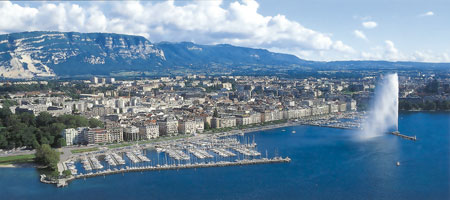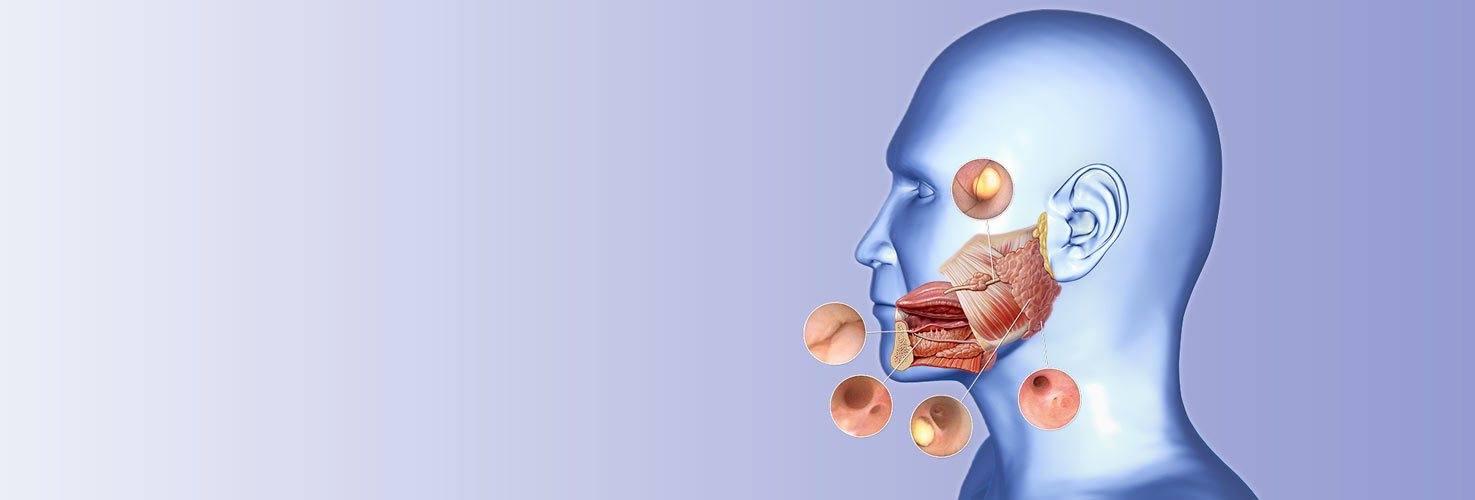History

We started the development of a proper instrumentation and technique in 1995. After 20 years, sialendoscopy is now practiced worldwide. Numerous physicians have visited the European Sialendoscopy Training Centre (ESTC) in Geneva, Switzerland, leading to the creation of a large network of colleagues. Many of them have been instrumental in teaching this challenging technique, both in their respective nations and at the ESTC annual course. At present, less then thousand centers practice sialendoscopy around the world. A large number of them are affiliated to the ESTC network, as evidenced by the book of Sialendoscopy written by 154 authors of 40 countries.
In 2012, 250 physicians from 45 countries met in Geneva for the First International Sialendoscopy Conference (FISC). This indicated that the critical mass of specialist dealing with salivary gland diseases and interested in sialendoscopy had been achieved, thereby, securing the future of the technique.
Salivary gland diseases taken individually are rare diagnoses, and several years are needed in order to achieve a reasonable degree of experience in treating them. As such, only through collaboration will it be possible to organize the prospective multicenter trials necessary to progress. The iSIAL will offer an online database on sialendoscopy that will permit the rea-ltime capture of data, which can then be used to formulate management guidelines and develop reference networks. Membership of the Society will allow data-sharing with other colleagues via scientific projects approved by the scientific committee of the Society. There will be also a forum to discuss difficult and challenging cases, with the possibility given to post online videos, pictures, or ask specific questions regarding patient management. In this way, all experts belonging to the network will be able to share their knowledge.
In the future, the ESTC network, via the International Sialendoscopy Society, would like to contribute even more to the training of new experts by providing fellowships and grants, particularly in resource-poor countries where funding of training remains problematic due to other competing priorities in health care.
Since its advent, sialendoscopy has evolved and will continue to do so with an immense potential for technological advances, exchange of scientific knowledge, and diffusion of clinical practice and surgical training worldwide, all of which will enable the multidisciplinary care of patients with inflammatory salivary gland disorders.
To improve the management of salivary gland diseases, supranational societies, such as the European Salivary Gland Society and the International Salivary Gland Society have been formed to unite specialists (basic researchers, radiologists, surgeons, radiotherapists, chemotherapists, immunologists, rheumatologists, etc…) with an interest in salivary gland disesase.
The ESGS and the ISGS are increasingly becoming active, as the field of salivary glands is expanding. Several collaborative projects are currently running. Examples include the implementation of databases on-line for parotid tumors, and for non tumoral diseases treated by sialendoscopy. The newly formed international sialendoscopy society (iSIAL) is constituting its board with experts from countries all around the word.
ISGS
The European Society (ESGS) is one continental branch of the ISGS (International Salivary Gland Society), unifying all continental salivary gland societies, being up to now the Japanese Salivary Gland Society, the Chinese Salivary Gland Society, the European Salivary Gland Society, and the upcoming American Salivary Gland Society. The Honorary President of ISGS is Professor Eugene Myers from Pittsburgh. The ESGS is one of the 14 founding European Societies of the newly created European Academy of ORL-Head and Neck Surgery.
ESTC
The European Salivary Gland Society support also the European Sialendoscopy Training Centre (ESTC) created in 2002 in Geneva. This centre aims to train clinicians and procedures associated with diagnostic and therapeutic sialendoscopy, to organise international courses in order to allows for exchange of knowledge, experiences and advances gained by clinical leaders disseminated around the world. The courses consist in hands on training on pig heads, conferences, debates, and live surgery. Information about the centre.
Francis Marchal
ESTC Director

